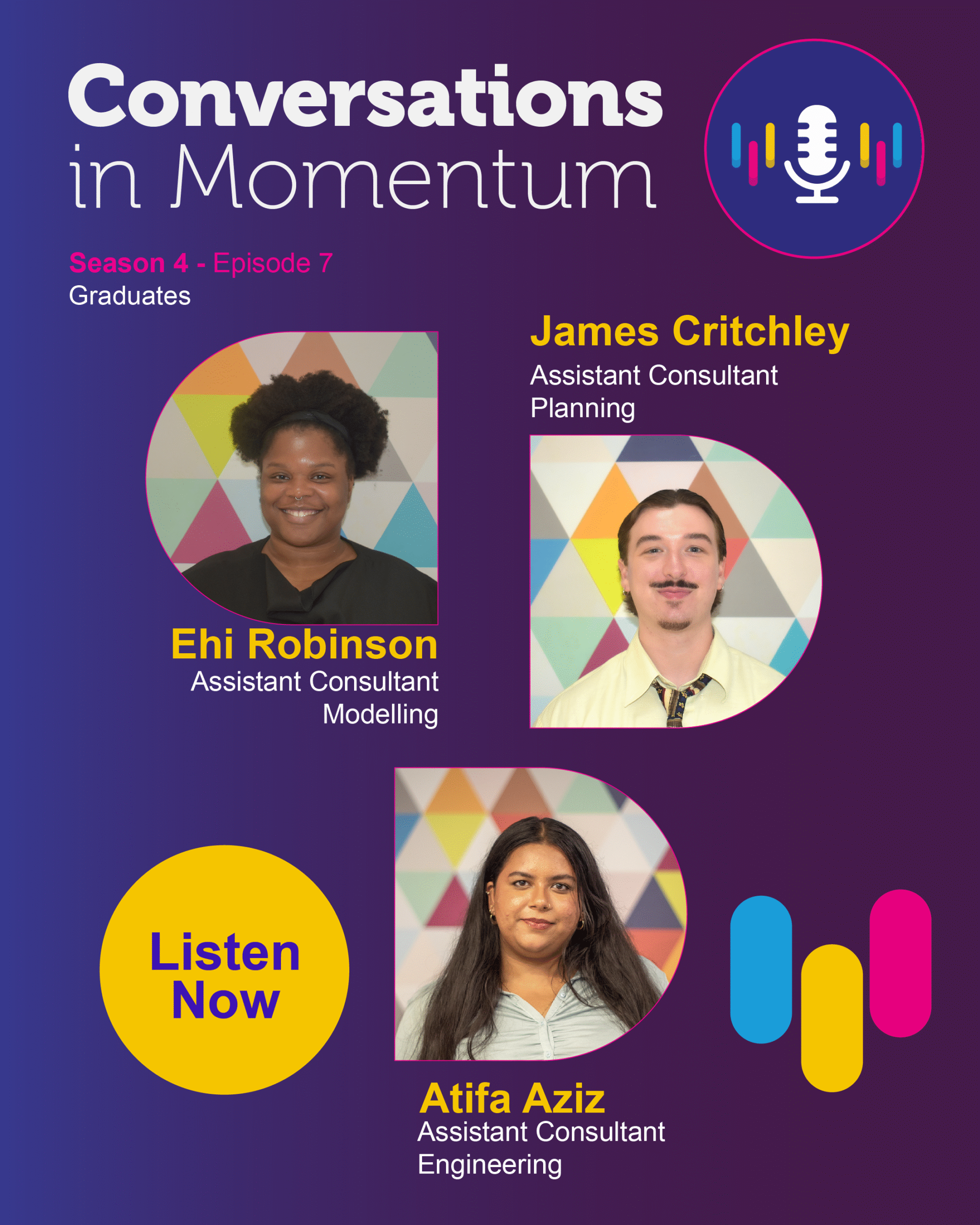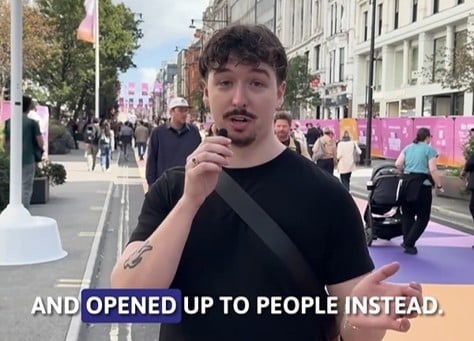

What Birmingham’s £2bn infrastructure boost means for the future of sports-led regeneration
The announcement of a £2 billion infrastructure boost for Birmingham and the West Midlands is a landmark moment, not just for the city’s economy but for how we think about the relationship between major venues, urban regeneration and people movement.
With a new tram line and enhanced transport hubs at the heart of the proposals, one of the key considerations will be the seamless integration of these networks with the operational demands of sporting events. It’s not just about getting people to and from a match or a concert, it’s about how the movement of thousands of people shapes the surrounding public realm, impacts local businesses and informs the urban experience for everyday users when the turnstiles aren’t spinning.
Our recent work on the Crystal Palace National Sports Centre illustrates the scale of this challenge. There, we are balancing legacy infrastructure with evolving crowd safety standards, security requirements and the accessibility of all users. The lesson is clear: it’s essential to consider pedestrian flows, transport resilience and venue operations from the very earliest stages of masterplanning.
The Birmingham Sports Quarter will need to do the same; ensuring that public transport upgrades aren’t just reactive add-ons but are fully integrated with event day operations and long-term city growth strategies.
One of the most exciting elements of the Birmingham plans is the proposed new tram line, connecting the east of the city through the Sports Quarter and to HS2 at Curzon Street. While this opens up major opportunities for reducing car dependency and boosting sustainable travel, it will also introduce new crowd management challenges. Based on our experience modelling crowd flows at Wembley, Tottenham Hotspur Stadium and Aston Villa’s Villa Park, we know that multi-modal arrival and departure patterns can create highly-dynamic peak loads at different transport hubs. Understanding where these pinch points will occur, how they interact with security screening zones, and how they affect neighbouring streets and transport interchanges will be vital.
This project is a rare chance for Birmingham to futureproof its event-day operations while creating a thriving year-round district. We’ve seen at venues like the Queen Elizabeth Olympic Park how mixed-use masterplans can successfully blend large-capacity venues with residential, commercial and leisure uses, but only when underpinned by robust pedestrian and transport strategies. The Sports Quarter will need to accommodate both the intensity of major fixtures and the day-to-day needs of local residents and workers, with flexible, legible public spaces that support both and address the challenges of late evening event finishes.
This is a transformational moment for the city, and it calls for a bold, people-centred approach to transport planning.


